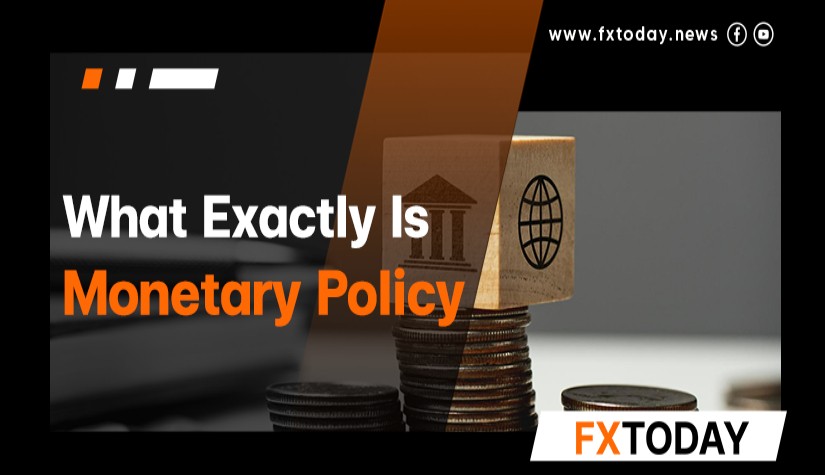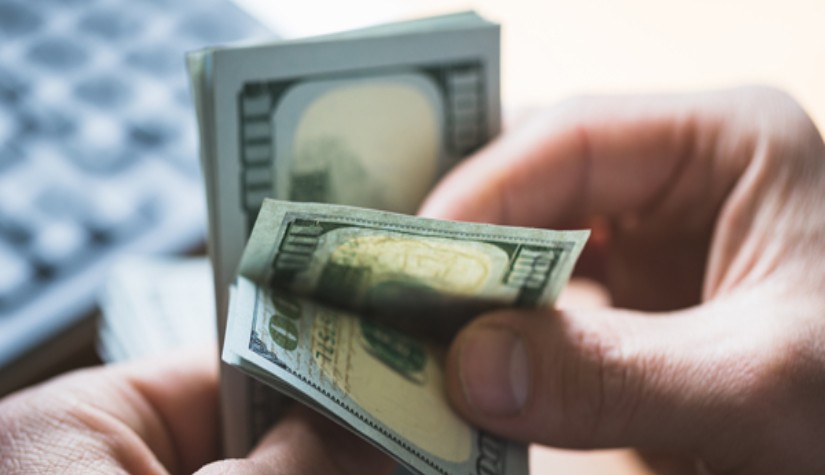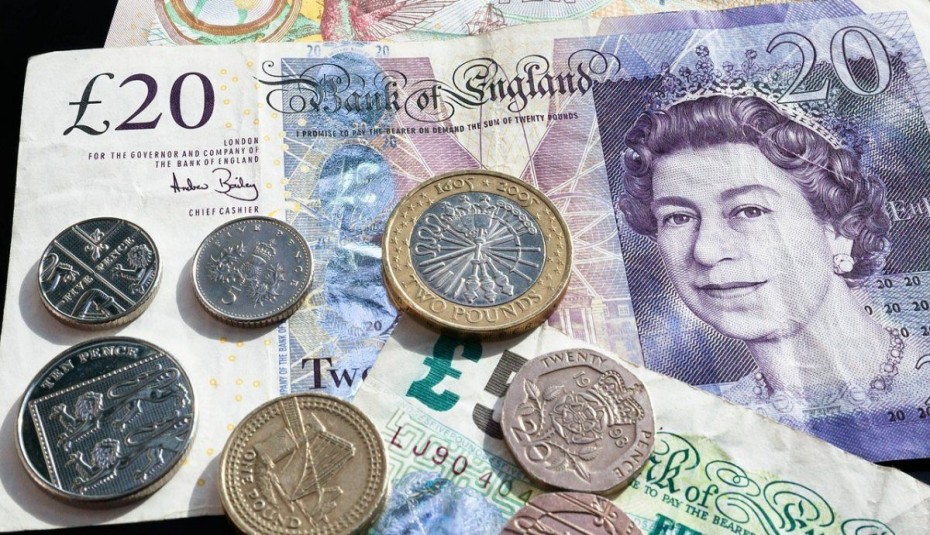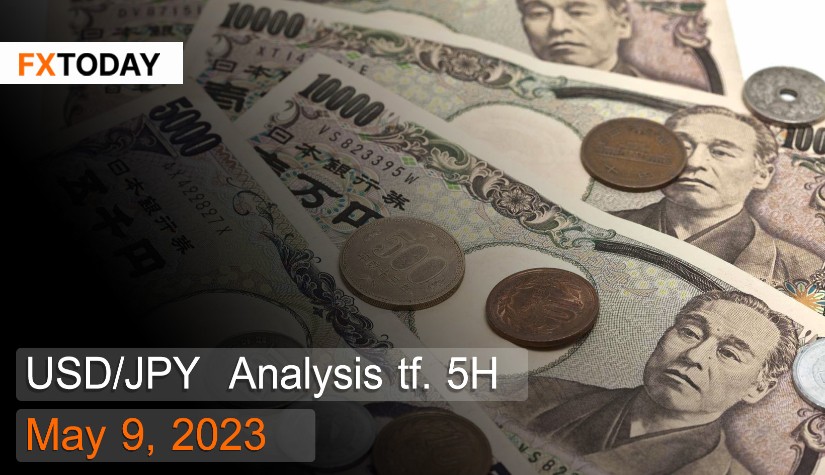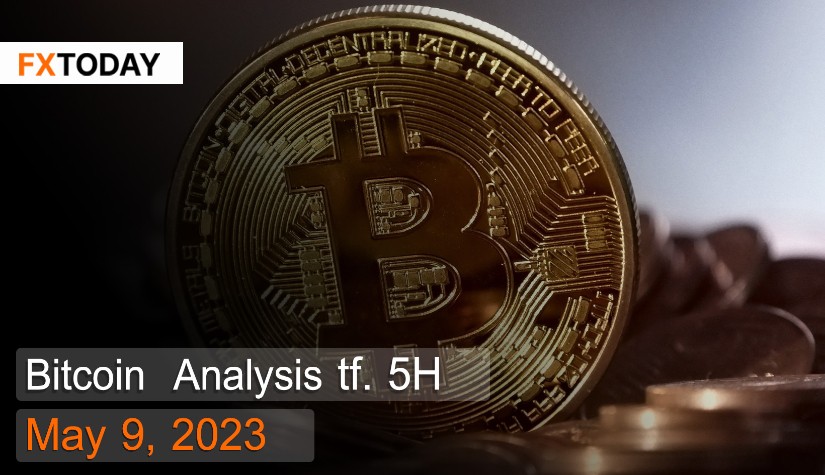If you want to invest in assets, monetary policy is the most crucial thing to know and follow. The reason is that the announcement of monetary policy impacts a variety of assets, including stocks and currencies. Nevertheless, The Federal Reserve's (Fed) monetary policy is the most highlighted because it has been the foundation for interest rate changes by other central banks. Moreover, the U.S. dollar is the major investment currency.
What Is Monetary Policy?
Monetary policy is a tool a country's central bank uses to control the economy's total money supply. Additionally, a monetary policy encourages the economic growth of a nation by adopting unique tactics for each bank.
Importantly, The Federal Reserve (Fed) frequently employs interest rate adjustments and changes in bank reserve requirements, among other methods.
Monetary Policy Objectives
The monetary policy balances money supply, price, interest rate, and credit to encourage long-term economic growth. In addition, it controls inflation and improves employment.
Types of Monetary Policy
In response to varying economic situations, the United States Federal Reserve employs two distinct types of monetary policy:
1. Contractionary Monetary Policy or Restrictive Monetary Policy
To slow economic growth and inflation, the central bank raises interest rates and reduces money supply. The prices of products and services will increase. Thus, consumers will buy less. Furthermore, loaning will also be reduced because of the rising interest rates.
2. Expansionary Monetary Policy or Accommodative Monetary Policy
Expansionary monetary policy will stimulate economic activity during a downturn or recession. This is because a reduction in interest rates will make saving less appealing. Additionally, consumer spending and loaning will rise.
However, several economic statistics impact monetary policy strategies, including gross domestic product (GDP), inflation, and industry- and sector-specific growth rates. The central bank may adjust the interest rate charged on loans to the nation's banks or the reserve amount each bank must maintain.
How Does Monetary Policy Affect the Economy?
Genuinely, the central bank's monetary policy affects the country's entire economy by foreign currency rates, bank reserves, company operations, investment in various assets, and public consumption. In addition, the impacts can be categorized in terms of economics and investment into the following three categories:
1. Consumption’s Impacts
The segment most strongly impacted by monetary policy is consumption. This is because changes in interest rates and money supply will impact the cost of various products and services. Therefore, regular consumers are usually affected. The example is people may buy more items for less money.
Moreover, people may buy fewer items while spending the same or more money. Nevertheless, it depends on the central bank's approach at the time.
2. Investment’s Impacts
Monetary policy will impact the investment decisions of both businesses and investors. This is because the costs of machinery, buildings, software, raw materials, and even loan interest will be affected.
These are the primary factors that investors and businesses consider while making investment decisions. The investment will slow if costs rise and earnings and asset values fall. Simultaneously, the investment will expand proportionally if the cost is low and the profit and asset value increase.
3. International Trade’s Impact
International trade will suffer considerably when the central bank uses an interest rate adjustment policy. Moreover, it also has an impact on numerous businesses and currency pairs.
For example, if the Fed lowers interest rates, U.S. asset values will decrease. Thus, investors transferred part of their funds to invest in other nations. As a result, the U.S. currency falls in value, making U.S. exports less attractive.
At the same time, imports will be more expensive. This indicates that Americans will favor domestically produced items over costly imported goods. This will result in a rise in the gross domestic product.
Conclusion
In conclusion, monetary policy is a tool employed by central banks to stabilize their domestic economies. It has two main policy strategies under different economic situations. Significantly, the bank's policy will have an impact on the overall economic system. Therefore, you must constantly follow the monetary policy of the nation's central bank in which you want to invest.
Moreover, you should pay close attention to the Federal Reserve, which is regarded as the core of central banks worldwide. Nevertheless, adapting your portfolio to each market situation would be best, including investing in various assets to lessen investment risks. Additionally, you should follow any news that may impact the investments as well.
____________________________________________
Maximize your knowledge: Articles
Keep up to date on global events: News
Explore in-depth analysis: Technical Analysis

